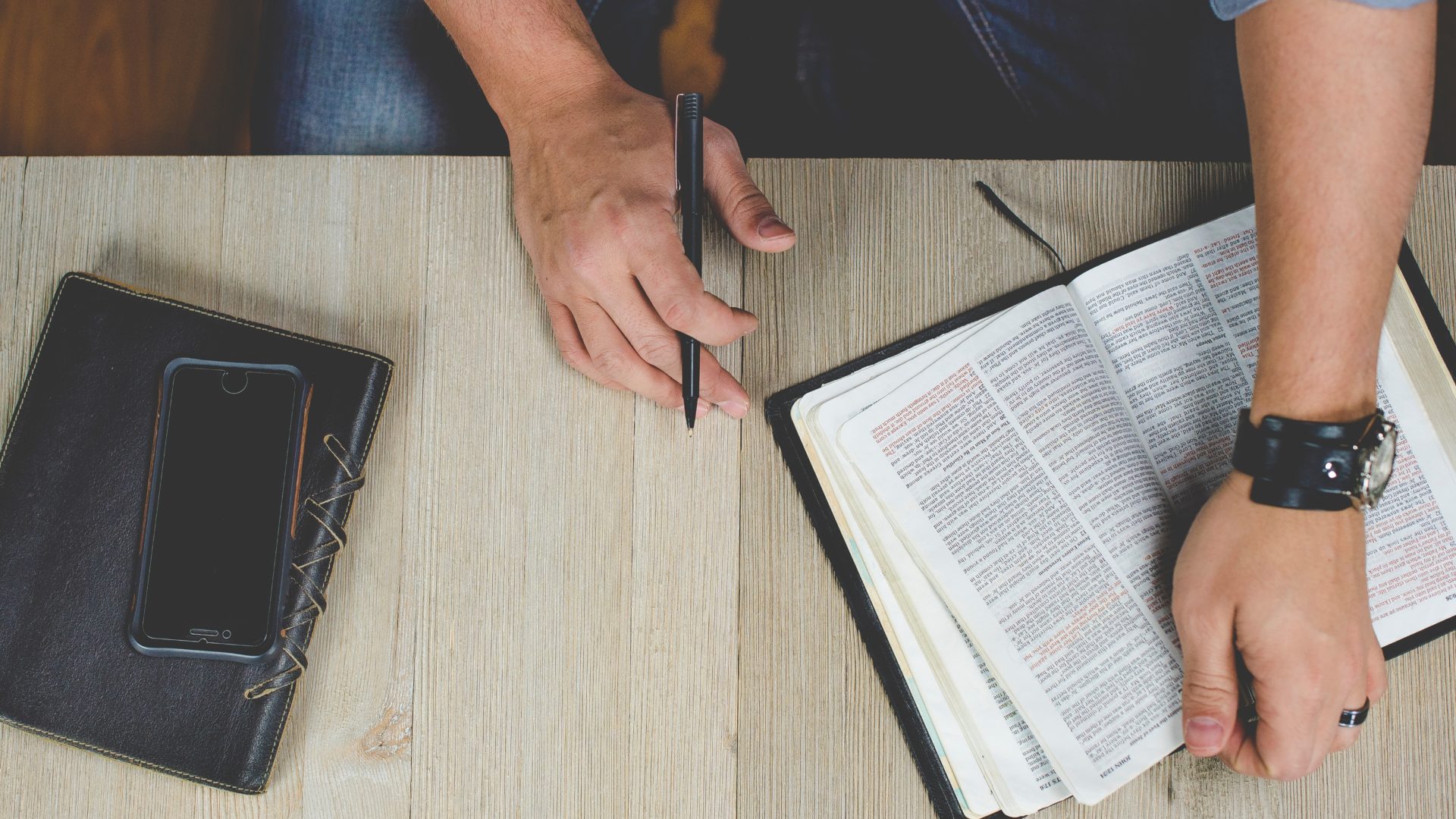The file / drawer should be somewhere in your home and contain everything your spouse or family member needs to know if you aren’t around. You must organize it in a way that anyone can find a specific document in seconds. All files should be clearly marked, orderly, easy for a family member to find, and in an easy-to-understand format.
Your Legacy File / Drawer should contain 11 sections:
1. Cover Letter – This is simply a letter stating the purpose of the Legacy File / Drawer. Nothing fancy, just a way to introduce your loved ones to the contents of the drawer.
2. Will and Estate Plans – All information pertaining to your Will(s), Powers of Attorney, Health Directives and Estate/Trust information, including name(s) and phone number of the executor(s).
3. Financial Account – Any institution that has your money in it should be listed in the Legacy Drawer. This includes institution name, phone number, account name(s) and account number(s) (most recent statements will suffice). This will include:
Bank accounts (checking, savings, money market, CD’s, investments)
Retirement funds, 401(k), 403(b)
Social Security statements
If you prepare a Personal Financial Statement, it should be included in the file and it would contain your Assets, Liabilities, Income, Expenses and a Cash Flow Statement. If you use any credit or debit cards, a photo copy of the front and back of the card along with the paperwork that came with the card should be included and a copy of your most recent credit report.
4. Funeral Instructions – All details and specifications for funeral plans should be listed so the family can fulfill your wishes. If you are married, you need one for you and one for your spouse.
5. Insurance Policies – All insurance information, including healthcare, home, auto, disability, life, etc., should be listed on one single document for easy reference. List the type of insurance, who the policy is for, insurance company contact information, policy numbers and policy amount. Any policies should be included following the 1 page recap.
6. Important Documents – Any legal or other important documents you have should be noted in the file. This includes deeds, birth certificates, Social Security cards and titles. This is a good section to include a list of any / all of your advisors (name, address, phone numbers, category of advisor [ie: lawyer, accountant]), as well as a listing of all of your family dependents (name, D.O.B, SS#, relationship)
7. Legacy Letters – Since the intention behind the Legacy File / Drawer is to keep your legacy going after you’ve passed away, it’s a great idea to include letters to your loved ones.
8. Monthly Budget – Add a copy of your written budget, so your spouse or loved ones know how to operate your household once you’re gone. This will help your family keep track of bills and focus on more important things.
9. Tax Returns – Keeping tax returns in your Legacy File / Drawer is like an insurance policy for yourself in the event that you get audited from the IRS. Hopefully you never have to pull them out, but if you do, at least you are prepared.
10. Safe Deposit Box – Keep copies of all your Legacy File / Drawer papers in a safe deposit box or fire proof lock box—you can never be too careful. Include information in your Legacy File / Drawer on where your safe deposit box or lock box is and who has access to it.
11. Passwords – Write down all passwords, combinations, usernames and PIN numbers. This information allows your loved ones access to any documents, money or information that is left when you are gone. This should be in a secure location in case of theft.
If you put your mind to it, you can create your Legacy Drawer in 30 days! It’s tedious to gather all of the documents and paperwork that goes into the drawer, but it’s a necessary task in order to protect you and your family.







